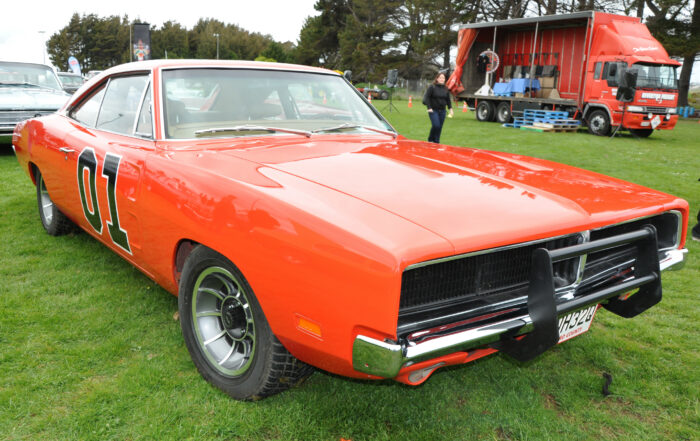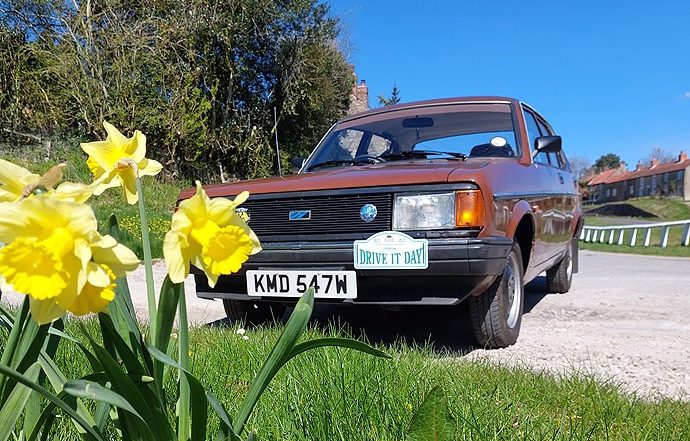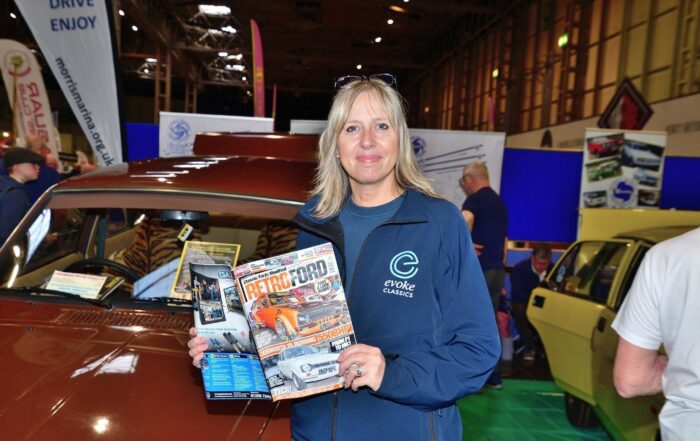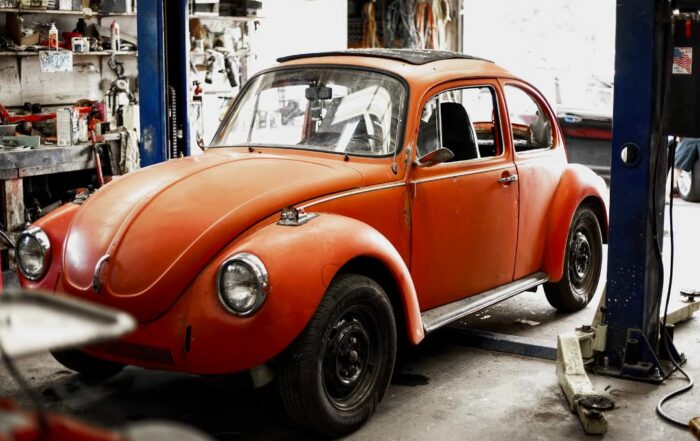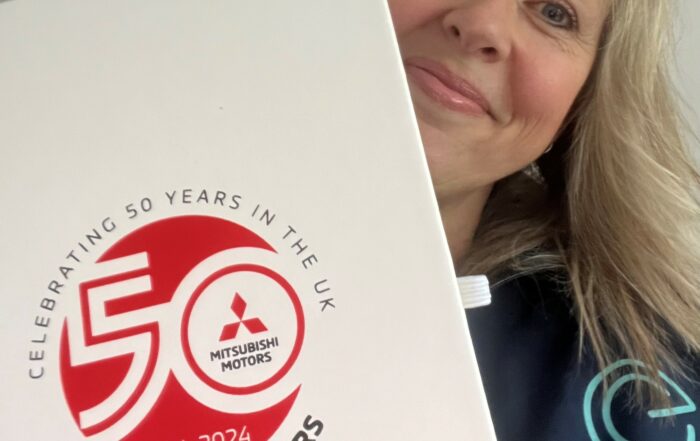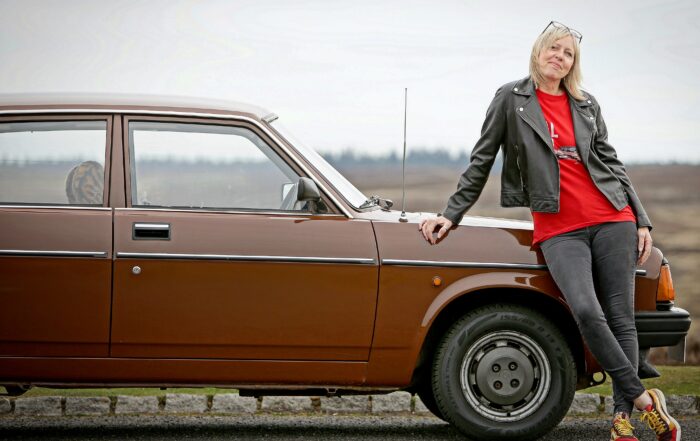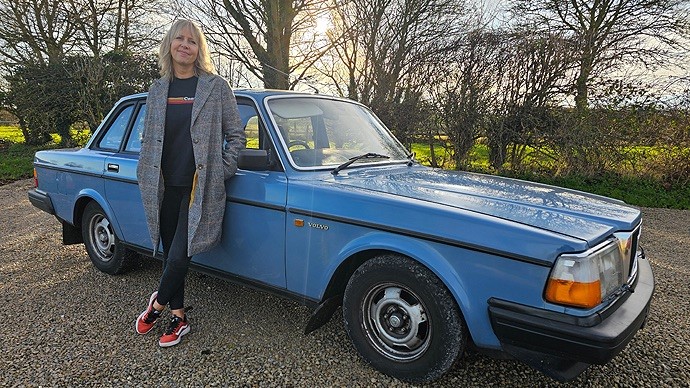The Beginning
The current generation feel they are at the cutting edge of the technology revolution: AI, mobile phones and the interweb to name but a few.
With some considerable enterprise, the company built nearly one hundred aircraft in those exciting early days between 1910-1914. With the outbreak of the First World War, the company raised its game again. In total, it produced over 5000 aircraft, including models such as the “Bristol Scout” and “Fighter”. The latter name was to be reused around seventy years later on a brilliant but short-lived Bristol car. During this period, Bristol directly employed over 3000 people across its Bristol manufacturing plants.
When the armistice arrived to end the Great War, the entire aircraft industry suffered a dramatic decline. In 1920, The British and Colonial Aeroplane Company was liquidated. The Bristol Aeroplane Company took over the workforce. To make ends meet, the workforce undertook the manufacture of the Bristol Monocar, alongside the construction of the already established Armstrong Siddely, as well as bus bodies for an associated Bristol company.
Between the end of the Great War and the start of the Second World War in 1939, the Bristol Aeroplane Company expanded into building radial aero engines of some significant importance and it employed over 70,000 men and women in its plants. With another European war looking inevitable, the company built the “Bristol Blenhiem” bomber and the “Bristol Beaufighter” for use by the RAF. Both saw service during the war, serving with distinction.
By this time Sir Stanley White, George’s grandson, was Managing Director. He was determined to avoid the collapse of the company again once the Second World War was over and he knew he must plan for the voracious appetite the public would have for modern motor cars.
Archive papers confirm that from as early as 1941, White was planning for the peace ahead. He looked at acquiring and expanding an existing British car manufacturer with Alvis, Aston Martin and Lagonda all considered. What might have been?
White patiently waited until hostilities ended. In 1945, The Bristol Aeroplane Company merged with Frazer Nash. The two brothers who then owned Fraser Nash had marketed the Fraser Nash BMW before the outbreak of the war.
White saw this as a perfect springboard to avoid the demise of the previous company. He travelled to the devastation of war-torn Germany and there in Munich, he purchased the rights to build three BMW 328s and the 328 engine. Success looked to be in sight. However, in early January 1947, White, along with his co-director Verdon-Smith, fell out with the directors of Fraser Nash. They went their separate ways and The Bristol Cars Divisions became independent.
The Middle
The 400 was Bristol’s first car and has been regarded as one of Britain’s first post-war cars. It is often argued the 400 was no more than an amalgamation of the BMW’s 326 & 327, with a 328 engine complete with BMW-esque twin kidney grilles. On a narrow technical point that may be accurate, however the totality of the sum was more than that. Much more.
What of Bristol cars? That also merged and became Bristol Siddeley but was sadly staring down the barrel of closure. Luckily it was rescued from closure by G.M. White, the grandson of the founder.
Now Bristol had to stand on its own two feet without the support of the larger aero business. This real independence was good for Bristol but came with a downside; it could no longer rely on a steady supply of engines. It turned away from modified straight six German engines and European partners. Instead it turned west, to America and the Chrysler corporation. The Bristol V8 era was to begin.
The Bristol team were excited for the launch of the new 411 at the 1969 Earls Court Motor Show. The engine was now a big block 6.3 V8 Chrysler. It powered the 411 to nearly 145mph. Keen as ever to push innovation in their cars, the 411 had electric windows, halogen headlamps and self-levelling suspension. However, the launch was over shadowed a month before the show by a motoring accident involving Sir George White. The damage to his 410 was minor but Sir George suffered badly and he was never to recover fully from the accident.
The 411 platform proved to be a success for Bristol and it stayed in production for seven years. It was followed in 1971 by S2 411, with an upgraded 6.5ltr version arriving a year later. Separate S5 & S6 were built in 73 and 75. In 1973, Sir George recognised he was never going to recover sufficiently to give the time needed to run Bristol. In order to safeguard the business, he decided the sell his interest to Tony Crook, a friend and Bristol’s biggest main agent.
Tony Crook and his team had one more model up their sleeve. In 1993 along came the Blenheim. Offering new styling, larger interior space and effortless 150mph motorway cruising, the car was a surprising hit.
However, Tony Crook was a man who knew his limitations. In 1997, then in his late seventies, he realised there was only one way to keep the marvellous marque going into the 21st century. He sold 50% ownership to Toby Silverton, son of Arthur Silverton of Overfinch and son-in-law of Joe Lewis of The Tavistock Group. Tony Crook remained Managing Director.
The end of the beginning or the beginning of the end? We’re not sure. Certainly the next few years were a tumultuous roller-coaster for Bristol.
Work began on extending the Blenheim range into the 21st century. The Series II model saw out the 20th century with minor improvements to suspension, engine and trim. In 2000 the Series IV was launched. This included a much more extensive overhaul to engine, trim and gearbox. Bristol were at the time coy about revealing BHP figures, simply referring to “muscular authority” of its engines. It was believed the much worked-over engine in the Series 4 produced around 400bhp.
These upgrades to the Blenheim were a sideshow to the main event and would later prove to be the beginning of a deep rift between the partners.
The new shareholders led by Toby Silverton wanted to build what they saw as an all new proper supercar capable of breaking the 200mph limit. Colleagues at the time saw this a massive and dangerously expensive vanity project.
Reports over the years have variously described Tony Crook’s reaction to this idea of an expensive new model as “madness” and “reckless”. Crook was to finally exit Bristol completely in 2007 but not before he’d witnessed the vast expense of the Bristol Fighter launched to the motoring press in 2004. It did not go on public sale until four long years later.
In fairness, the Fighter was a decent attempt to bring Bristol up to date. Many at the time described it as wonderful car. Probably because it was. With its gullwing doors and a V10 engine producing well over 500bhp, the car looked gorgeous. There is much speculation over just how many were built, but is generally accepted the number is somewhere between ten and fifteen cars. What is clear however, is that production ceased in 2011. That same year, Bristol went into administration. Everything looked to have been lost. Bristol had been here before. It wasn’t done yet.
Later that year the business was bought from the administrators by Kampkorp. A name you may not have heard of, we hadn’t either. But Kampkorp owns and trades under the name Fraser-Nash. Yes, Bristol had gone full circle. The motoring industry was optimistic. This optimism was strengthened when Fraser Nash announced the forthcoming launch of a new model; the Bristol Speedster sometimes confusingly referred to as the Bristol Bullet. It was snuck out to the public at large under the cover of the Goodwood Festival of Speed in 2016. The public and journalists alike were wowed by its stunning good looks, its return to BMW power-trains and in keeping with the tradition of innovation, a full carbon fibre chassis. With Fraser Nash now behind it and a model like this ready to go, what could go wrong?
No Speedster/Bullets ever reached the showroom. Again, it was unclear how many, if any, were actually produced. Some respected journalists suggest only one was ever produced of this hand-built beauty. With no new cars being built, overheads to be met and the only income from older models, it was always going to be a struggle.
The end?
Some say the end began with the takeover by Silverton and his desire to build an expensive uber-niche product. A desire, as we’ve seen matched with tiny production numbers. A number of observers postulate the end began later with Kampkorp and the still born Fighter which never reached full production.
What next? The passionate and dedicated owners club have pledged to salvage what they can from the wreckage. In a statement issued recently by the owners’ club, they said, “the Owners’ Club is actively engaged with the liquidators in order to preserve what we can of the heritage and associated spares for the marque. It’s our hope that the assets can be kept together and, as a priority, a safe home can be found for the archive”.
Only time will tell if this really is the end, after all, Bristol has had a remarkable ability to reinvent itself. Is this bust for Bristol, or just another phase in the wonderful, fascinating Bristol story? We sincerely hope the latter.




















